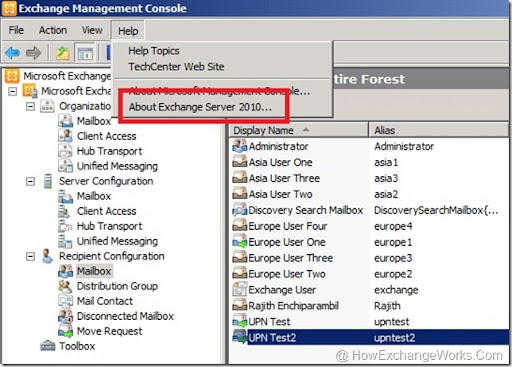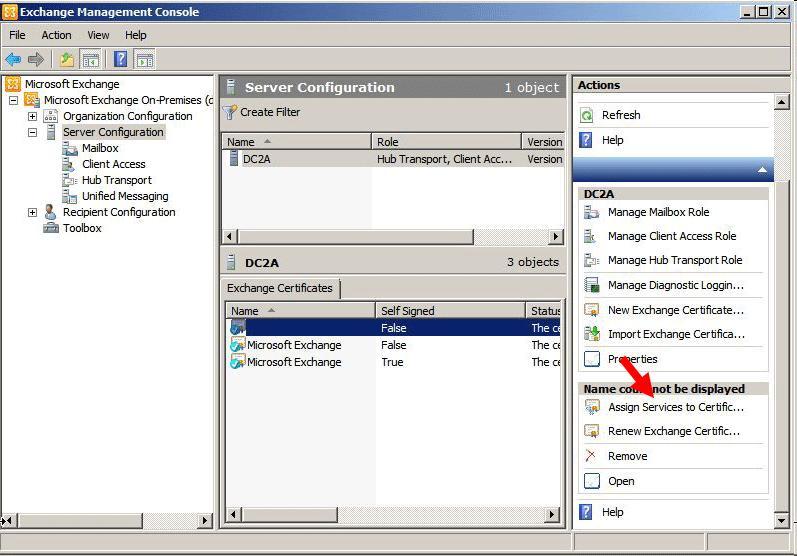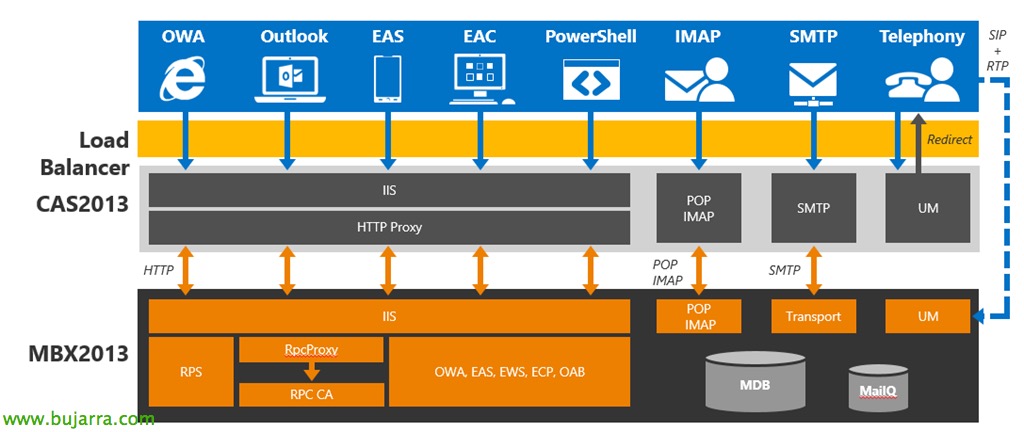

The required services are restarted automatically after you apply this update rollup.
EXCHANGE 2010 INSTALL
In the Current system locale list, select English (United States), and then select OK.Īfter you successfully install or uninstall Update Rollup 32, revert this language setting, as appropriate. In the Language for non-Unicode programs area, select Change system locale. In Control Panel, select Clock, Region and Language, select Region, and then select Administrative. To work around this issue, you must first change this setting. You can't install or uninstall Update Rollup 32 for Exchange Server 2010 SP3 on a double-byte character set (DBCS) version of Windows Server 2012 if the language preference for non-Unicode programs is set to the default language.
EXCHANGE 2010 HOW TO
Learn more about how to install the latest update rollup for Exchange Server 2010.Īlso, learn about the following update installation scenarios. Update detail information for Exchange Server 2010 SP3 Installation instructions for Exchange Server 2010 SP3

You can get the standalone update package through the Microsoft Download Center.ĭownload Update Rollup 32 for Exchange Server 2010 SP3 (KB5000978) To get the standalone package for this update, go to the Microsoft Update Catalog website. For more information about how to get security updates automatically, see Windows Update: FAQ. When you turn on automatic updating, this update will be downloaded and installed automatically. This update is available from Microsoft Update. How to get and install the update Method 1: Microsoft Update For more information about how to open an elevated Command Prompt window, see Start a Command Prompt as an Administrator. To avoid this issue, run the security update at an elevated command prompt. To fix this issue, use Services Manager to restore the startup type to Automatic, and then start the affected Exchange services manually. This condition may occur if the service control scripts experience a problem when they try to return Exchange services to its usual state. This condition does not indicate that the update is not installed correctly. This issue does not occur if you install the update through Microsoft Update.Įxchange services may remain in a disabled state after you install this security update. If the User Account Control dialog box appears, verify that the default action is the action that you want, and then select Continue. In the results, right-click Command Prompt, and then select Run as administrator. To avoid this issue, follow these steps to manually install this security update: The issue occurs because the security update doesn’t correctly stop certain Exchange-related services. This issue occurs on servers that are using user account control (UAC).

However, Outlook on the web and the Exchange Control Panel (ECP) may stop working. When this issue occurs, you don’t receive an error message or any indication that the security update was not correctly installed. When you try to manually install this security update by double-clicking the update file (.msp) to run it in normal mode (that is, not as an administrator), some files are not correctly updated. This update rollup provides a security advisory for Microsoft Exchange Server. To learn more about these vulnerabilities, see the following Common Vulnerabilities and Exposures (CVE):ĬVE-2021-26857 Microsoft Exchange Server Remote Code Execution Vulnerability Exchange Server 2010 Service Pack 3 More.


 0 kommentar(er)
0 kommentar(er)
